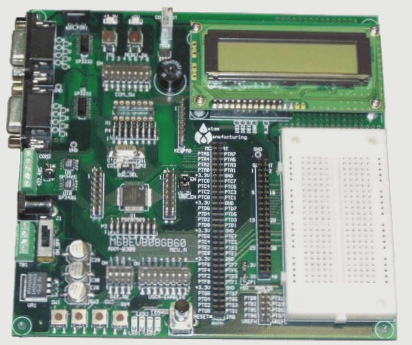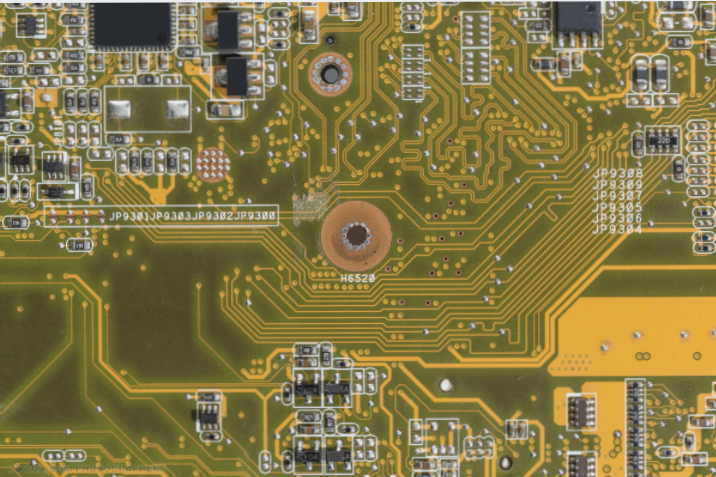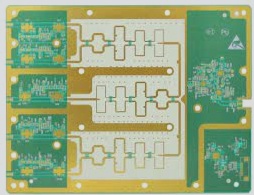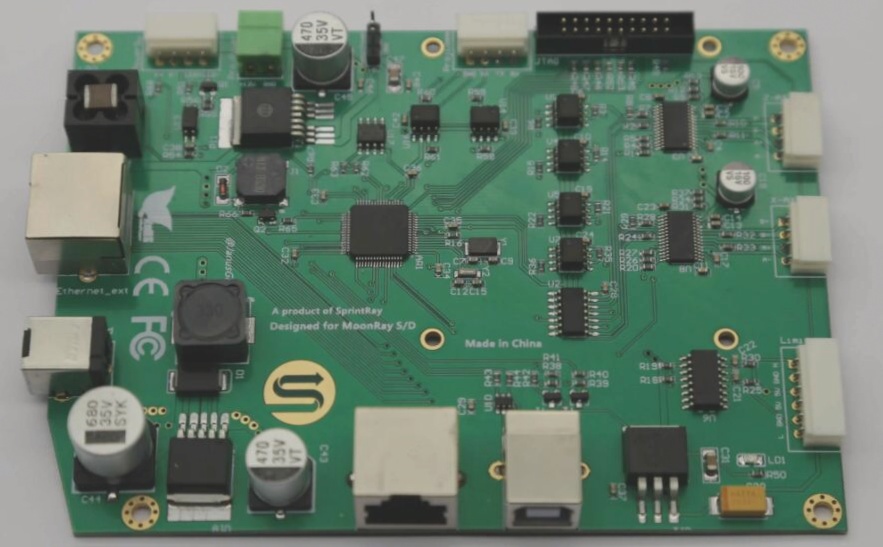Common Problems in Lead-Free Chip Processing
Lead-free chip processing plants often face challenges such as false soldering, cold welding, and wicking. Here are some solutions to these issues:
1. False Soldering
False soldering can be caused by poor solderability of components and pads, incorrect reflow soldering temperature, improper printing parameters, excessive stagnation time after printing, or changes in solder paste activity.
2. Cold Welding
Cold welding results in dark and rough solder joints that do not melt with the object to be welded. This issue is typically caused by unsuitable heating temperature, deteriorated solder, long preheating time, or high temperature.
General Solution for False Soldering and Cold Welding:
- Adjust the reflow temperature curve based on supplier recommendations.
- Replace old solder paste with new paste.
- Ensure equipment is functioning correctly and adjust preheating conditions.
3. Wicking
Wicking, more common with lead-free solder paste, occurs when the solder does not wet the pads properly. This is often due to the rapid temperature rise of component pins, causing the solder to preferentially wet the pins rather than the pads.
General Solution for Wicking:
- Preheat SMA fully before reflow soldering.
- Verify and guarantee the solderability of PCB pads.
- Ensure proper coplanarity of components.
- Avoid using defective devices in production.
By addressing these issues with proactive measures and careful attention to detail, lead-free chip processing factories can enhance their production efficiency and product quality.




